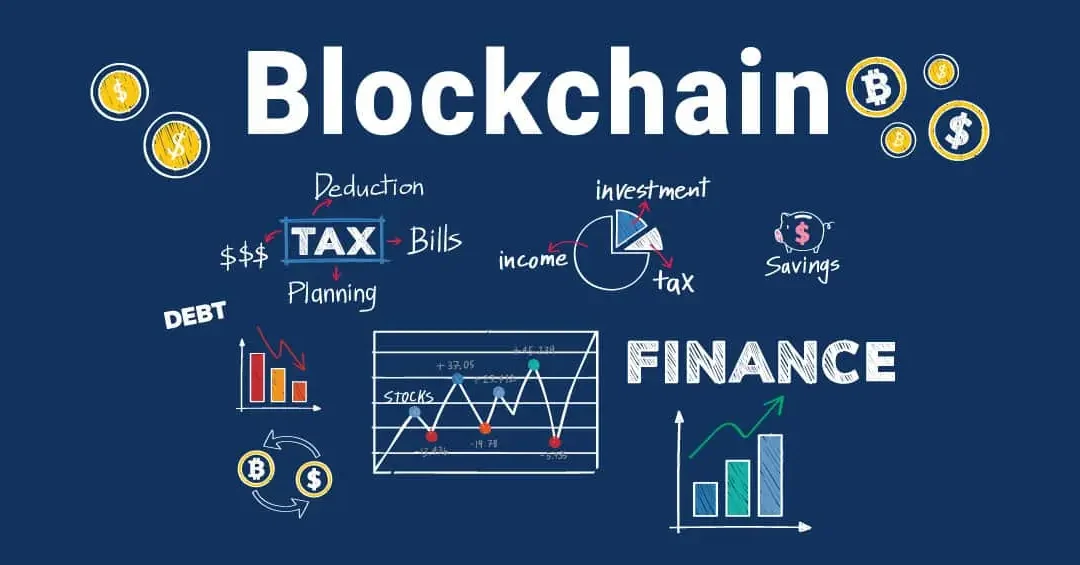How Blockchain is Revolutionizing Finance: A Comprehensive Guide
Blockchain technology, once primarily associated with cryptocurrencies like Bitcoin, has emerged as a transformative force in the financial sector. Its potential to improve efficiency, transparency, and security is attracting the attention of financial institutions, investors, and regulators worldwide. But how exactly can blockchain improve finance? Let’s dive into the various ways this innovative technology is reshaping the financial landscape.
Enhanced Security and Transparency
The Problem:
Traditional financial systems are prone to security breaches and fraud due to centralized databases that can be targeted by cybercriminals.
The Blockchain Solution:
Blockchain’s decentralized nature ensures that data is not stored in a single location. Instead, information is distributed across a network of computers, making it extremely difficult for hackers to alter any records without being detected. Each transaction is encrypted and linked to the previous one, forming a chain of blocks that is nearly impossible to tamper with. This heightened security can significantly reduce fraud and unauthorized transactions.
Reduced Costs and Increased Efficiency
The Problem:
Financial transactions often involve multiple intermediaries, such as banks and payment processors, which can slow down the process and increase costs.
The Blockchain Solution:
By eliminating the need for intermediaries, blockchain can streamline transactions, making them faster and more cost-effective. Smart contracts, self-executing contracts with the terms of the agreement directly written into code, can automate complex processes and reduce administrative costs. For instance, cross-border payments, which traditionally take days to complete and involve hefty fees, can be executed within minutes at a fraction of the cost using blockchain technology.
Improved Access to Financial Services
The Problem:
A significant portion of the global population remains unbanked or underbanked, lacking access to essential financial services.
The Blockchain Solution:
Blockchain can democratize access to financial services by providing a secure and cost-effective platform for transactions. Decentralized finance (DeFi) platforms leverage blockchain to offer a range of financial services, such as lending, borrowing, and trading, without the need for traditional banks. This can empower individuals in developing regions, granting them access to financial tools that were previously out of reach.
Enhanced Regulatory Compliance
The Problem:
Financial institutions must navigate a complex web of regulations to prevent money laundering, fraud, and other illicit activities.
The Blockchain Solution:
Blockchain can streamline compliance processes by providing an immutable and transparent record of all transactions. Regulators can easily trace the flow of funds and verify the authenticity of transactions, making it easier to detect suspicious activities. Furthermore, smart contracts can be programmed to enforce regulatory requirements automatically, reducing the burden on financial institutions and ensuring adherence to the law.
Increased Transparency and Trust
The Problem:
Traditional financial systems often lack transparency, leading to mistrust among consumers and investors.
The Blockchain Solution:
Blockchain’s transparent ledger allows all participants to view transaction history, fostering greater trust and accountability. For example, in the supply chain finance sector, blockchain can provide real-time visibility into the movement of goods and payments, reducing disputes and enhancing trust between buyers and suppliers. Investors can also benefit from greater transparency in financial markets, as blockchain can prevent market manipulation and provide a clear audit trail.
Real-World Applications
Banking and Payments
Major banks and financial institutions are already exploring blockchain for various applications, such as improving payment systems, reducing settlement times, and enhancing security. JPMorgan’s Quorum blockchain and Ripple’s payment protocol are notable examples of blockchain adoption in banking.
Insurance
Blockchain can revolutionize the insurance industry by automating claims processing and reducing fraud. Smart contracts can ensure that claims are paid out automatically when predefined conditions are met, streamlining the process and reducing administrative overhead.
Asset Management
Blockchain can enhance the efficiency of asset management by providing a transparent and secure platform for tracking ownership and transactions. This can reduce the risk of errors and fraud, while also enabling real-time updates and greater liquidity in markets.
Conclusion
Blockchain technology holds immense potential to transform the financial sector by enhancing security, reducing costs, improving access to financial services, ensuring regulatory compliance, and fostering transparency and trust. As more financial institutions and businesses embrace this technology, we can expect a more efficient, inclusive, and trustworthy financial system. The future of finance is here, and it’s powered by blockchain.

